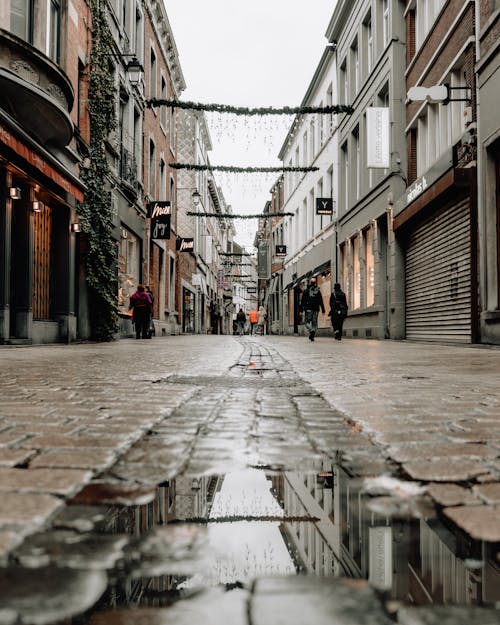Framing Streets Things To Know Before You Buy
Framing Streets Things To Know Before You Buy
Blog Article
The Greatest Guide To Framing Streets
Table of Contents9 Simple Techniques For Framing StreetsNot known Details About Framing Streets The Only Guide to Framing StreetsThe 8-Second Trick For Framing Streets4 Simple Techniques For Framing StreetsUnknown Facts About Framing Streets
, normally with the aim of catching images at a definitive or emotional moment by mindful framing and timing. https://framingstreets1.bandcamp.com/album/framing-streets.
Framing Streets Things To Know Before You Get This
Susan Sontag, 1977 Road photography can concentrate on people and their behavior in public. In this regard, the street photographer is similar to social documentary professional photographers or photographers that likewise operate in public areas, however with the aim of recording relevant events. Any one of these digital photographers' images might record people and property visible within or from public locations, which usually entails navigating moral issues and regulations of personal privacy, security, and residential or commercial property.
Depictions of everyday public life develop a category in nearly every duration of globe art, starting in the pre-historic, Sumerian, Egyptian and early Buddhist art durations. Art dealing with the life of the road, whether within views of cityscapes, or as the dominant motif, appears in the West in the canon of the North Renaissance, Baroque, Rococo, of Romanticism, Realistic look, Impressionism and Post-Impressionism.
The 4-Minute Rule for Framing Streets
Louis Daguerre: "Boulevard du Holy place" (1838 or 1839) In 1838 or 1839 the very first picture of numbers in the road was recorded by Louis-Jacques-Mand Daguerre in among a pair of daguerreotype views taken from his studio window of the Blvd du Temple in Paris. The second, made at the height of the day, reveals an uninhabited stretch of road, while the various other was taken at concerning 8:00 am, and as Beaumont Newhall reports, "The Blvd, so continuously loaded with a relocating bunch of pedestrians and carriages was completely singular, other than an individual who was having his boots brushed.
, who was influenced to embark on a comparable documents of New York City. As the city created, Atget helped to promote Parisian roads as a worthy topic for digital photography.

Things about Framing Streets
In between 1946 and 1957 Le Groupe des XV every year exhibited work of this kind. Andre Kertesz. Circus, Budapest, 19 May 1920 Road digital photography formed the significant web content of 2 exhibitions at the Museum of Modern Art (Mo, MA) in New york city curated by Edward Steichen, 5 French visit their website Photographers: Brassai; Cartier-Bresson, Doisneau, Ronis, Izis in 1951 to 1952, and Post-war European Digital Photography in 1953, which exported the idea of road digital photography worldwide.

The Best Guide To Framing Streets
The recording machine was 'a surprise video camera', a 35 mm Contax concealed beneath his coat, that was 'strapped to the chest and attached to a long cable strung down the appropriate sleeve'. His job had little contemporary impact as due to Evans' sensitivities regarding the creativity of his job and the personal privacy of his subjects, it was not released until 1966, in the publication Lots of Are Called, with an introduction created by James Agee in 1940.
Helen Levitt, after that a teacher of little ones, associated with Evans in 193839. She recorded the temporal chalk illustrations - Street photography that were component of kids's road society in New york city at the time, in addition to the children who made them. In July 1939, Mo, MA's new photography area consisted of Levitt's work in its inaugural exhibitionRobert Frank's 1958 publication,, was substantial; raw and commonly out of focus, Frank's photos examined mainstream photography of the time, "challenged all the official guidelines put down by Henri Cartier-Bresson and Pedestrian Evans" and "flew in the face of the wholesome pictorialism and sincere photojournalism of American magazines like LIFE and Time".
Report this page